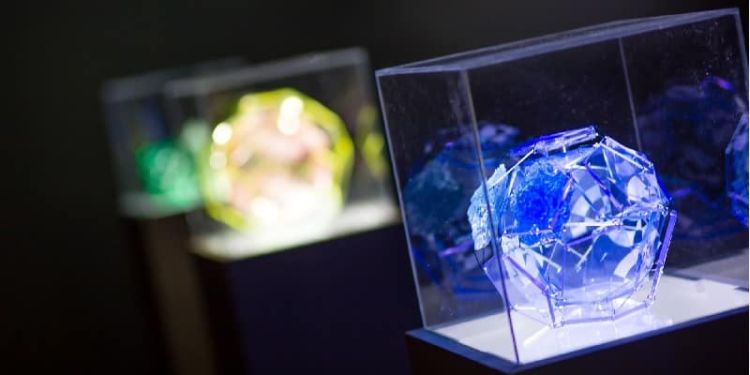Design sciences
STE(A)M (Science, Technology, Engineering, Art & Maths)

Creativity and innovation in STEM and are key factors in the nation’s competitiveness and wealth creation. Our cross-disciplinary work embeds the arts as an integral part of STEM, moving from STEM to STE(A)M, with the (A) representing disciplines from the arts, humanities and social sciences.
We work to identify and define design challenges and create innovative responses driven by the problem and user need(s). Our STE(A)M research is built around the design challenges themselves, rather than technological perspectives, facilitating creative responses to complexity, diversity and change.
In this context, our activities span four areas:
- visual thinking and creativity in STEM
- design for user capability
- pedagogical design research
- public engagement
Visual thinking and creativity in STEM
Our research in visual and spatial thinking embeds arts-based visual representation and problem-solving approaches in STEM in order to enhance technical creativity and innovation. Conversely, we explore visual methodologies that enable the integration of STEM concepts and principles within idea generation, designing and making processes.
The scientific foundation of this work is based on the shape-based theories of topology and symmetry groups (based on geometric properties and spatial relations) and design computation (based on shape and spatial grammar formalisms). This multi-disciplinary work has involved collaborations with colleagues in materials science, architecture, robotics and structural biology.
Our research in this area builds on the following recent projects:
- Design and implementation of a FabLab in a marginalised district in Monterrey, Mexico. British Council HE Links project (2019).
- Design: Shape & Structure – report on 2014 workshop
Researchers in this area are: Dr Briony Thomas (lead), Dan Trowsdale, Dr Lisa-Dionne Morris, Dr Omar Huerta, Professor Alison McKay.
Pedagogical design research
Our research in design pedagogy covers three areas:
- Pedagogical research into how design, design processes and methods are taught. This area considers how design is taught to designers and non-designers. Design as a discipline has a wealth of methods and approaches to support problem solving and critical thinking. This field of research supports the need for future graduates who are educated in a way which prepares them to meet the new challenges presented by an uncertain world of constant change.
- Research into how design principles and processes are used to deliver successful learning design and pedagogical innovation in Higher Education. Learning design is a dynamic and challenging team based design space. It is a relatively new field which has accelerated the importance of design particularly in the development of online and blended learning materials. Two current areas of research are systems engineering approaches and visualisation of modules and patterns of learning.
- Co-Design and co-creation of learning materials. Working with students, and other stakeholders, as partners to generate insights to improve the design of learning materials and discover new pedagogical approaches. This area includes the use of Lego® Serious Play® as a method to stimulate reflection and co-design.
Researchers in this area are: Dan Trowsdale (lead), Dr Briony Thomas, Dr Omar Huerta, Professor Alison McKay
Public engagement
Our translational activities focus on STE(A)M as a cross-disciplinary approach that utilises formal and informal learning experiences to facilitate the development of 21stcentury skill competencies and qualities such as problem-solving, creativity, curiosity and adaptability (World Economic Forum, 2015).
Our research is translated into creative activities for the STEM classroom and used to develop educational materials and activities that promote visual thinking and learning competencies in STEM. We also engage in projects focused on designing specific educational materials to support visual and kinesthetic STEM learning.
We frequently deliver school workshops, public lectures, workshops and exhibitions. Members of our group act as role models for diversity in STEM working across the University and beyond.
Our activities have involved collaborations with colleagues from mathematics, biology and materials science to promote public engagement with science. Current activities build on the following recent projects:
- SeeingNano. EU Horizon 2020 project (2014-2016).
- The Art of Measure: Geometry in Virus Form and Function. University of York; Centre for Chronic Diseases and Disorders (Wellcome Trust); Holbeck Charitable Trust (2014-2015).
Researchers in this area are: Dr Briony Thomas (lead), Dan Trowsdale, Dr Lisa-Dionne Morris, Dr Omar Huerta.

